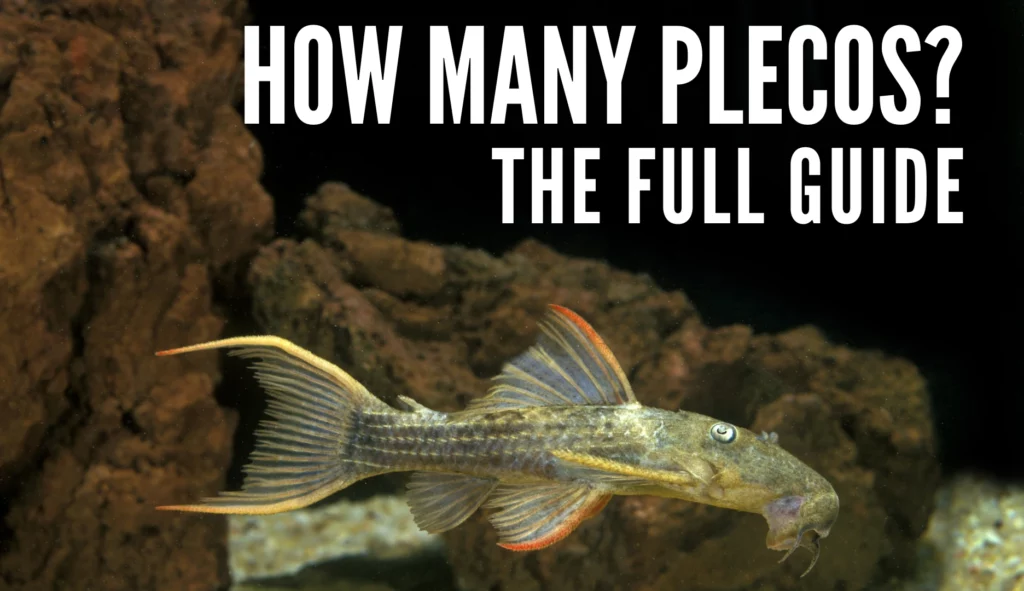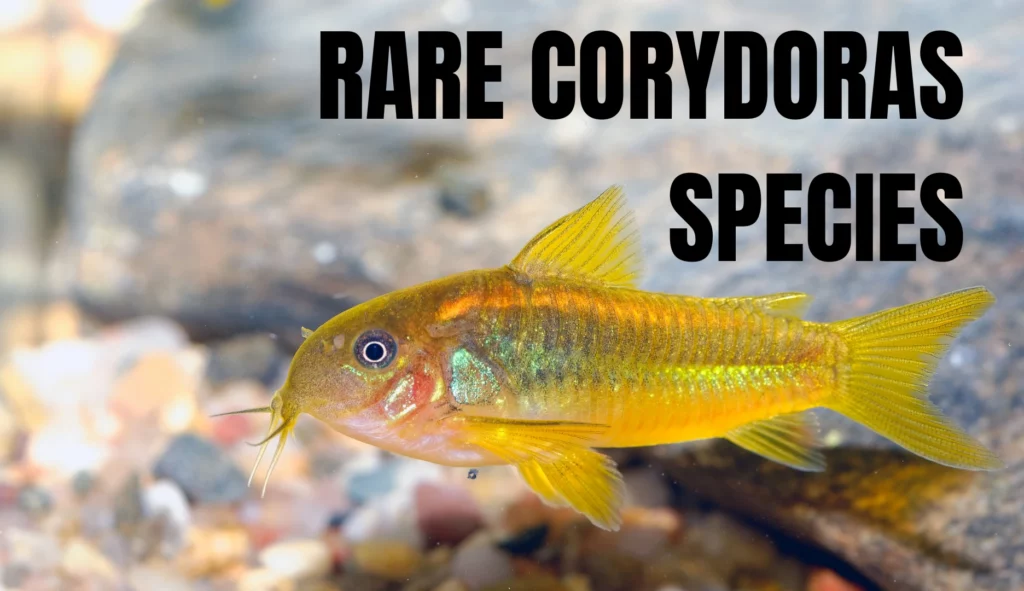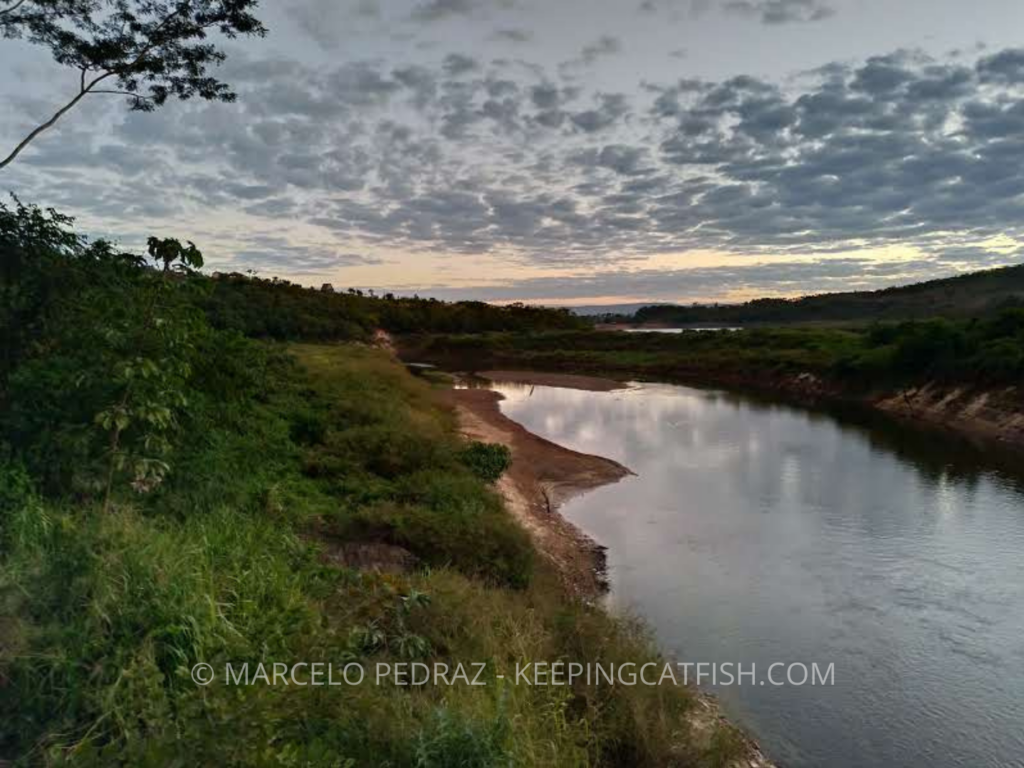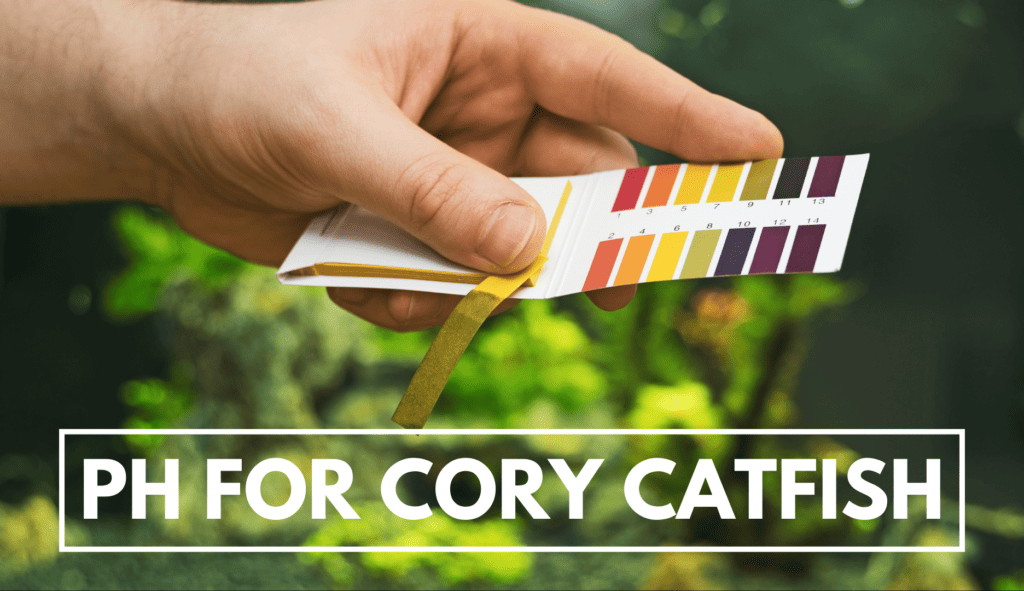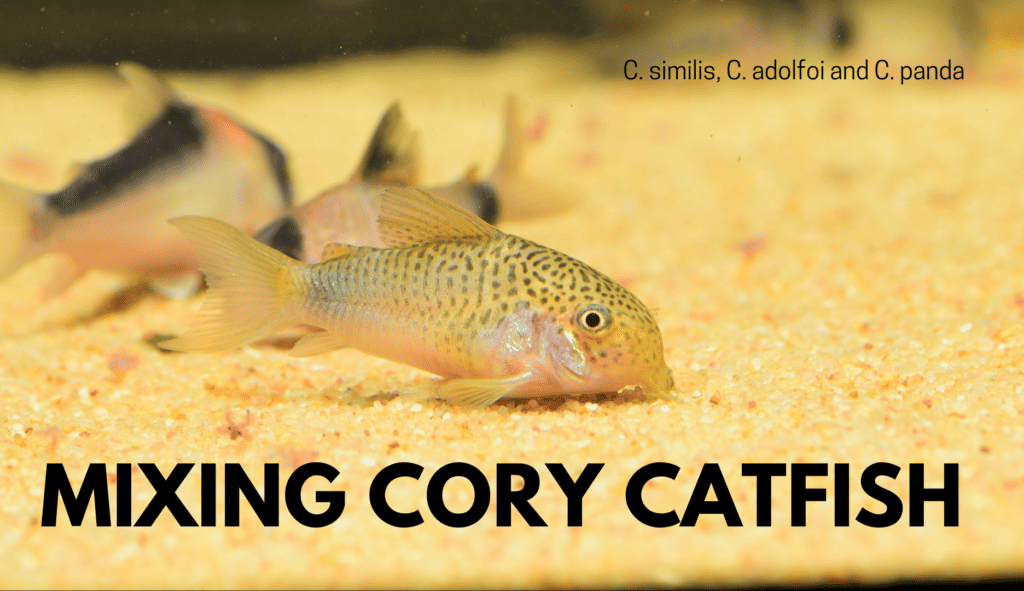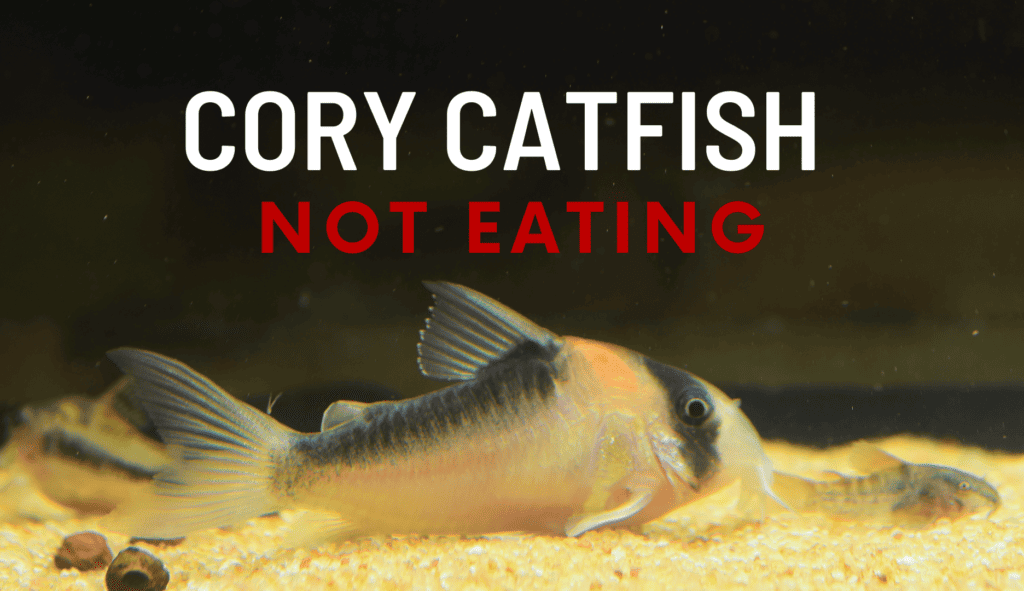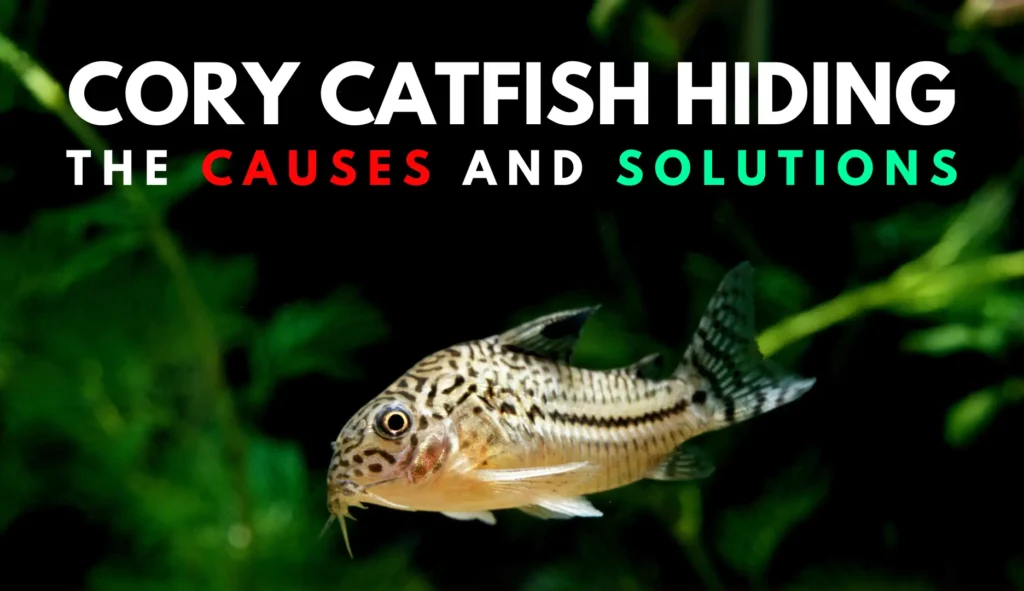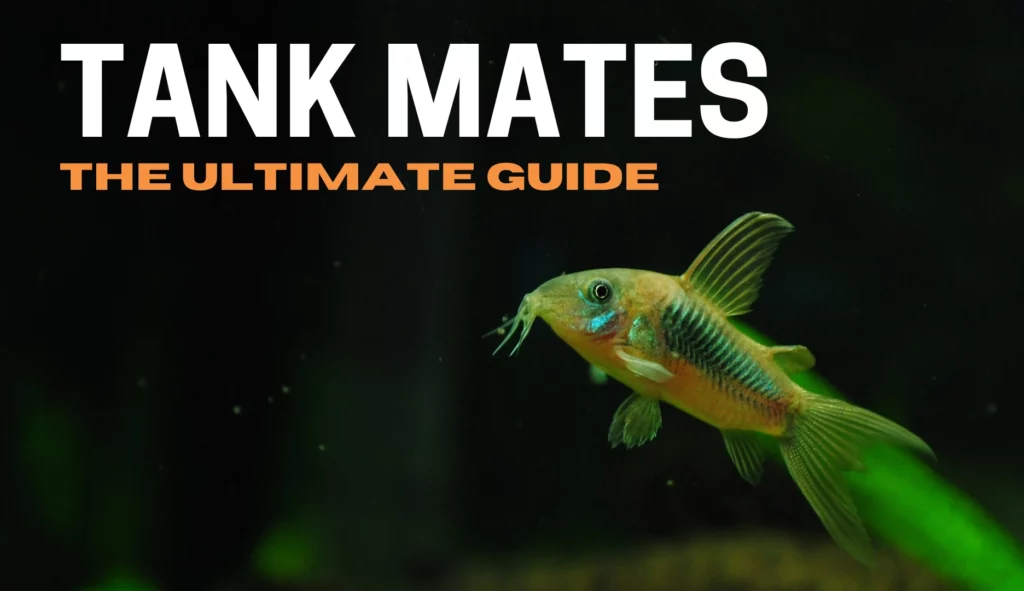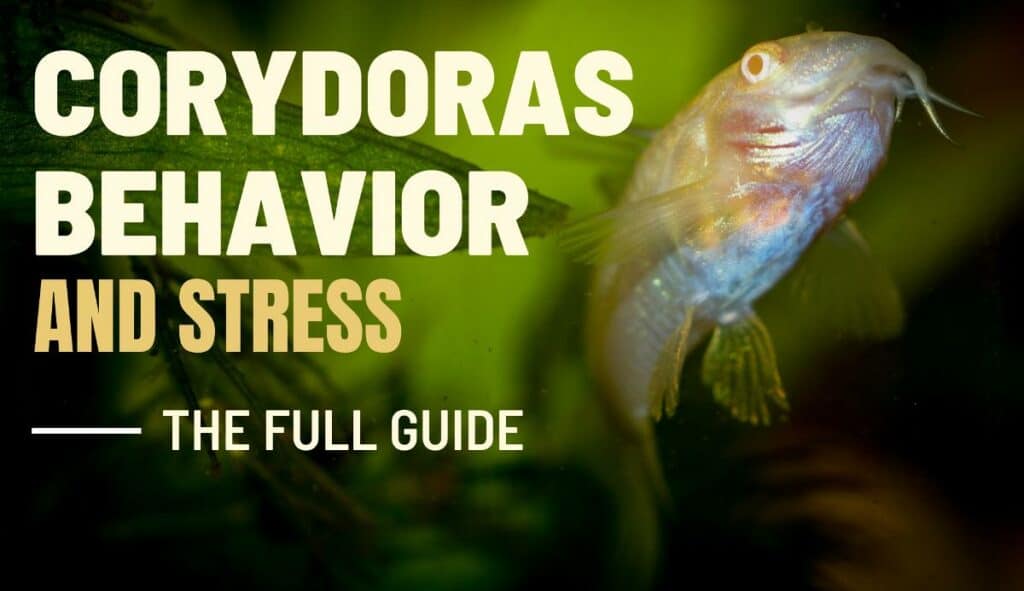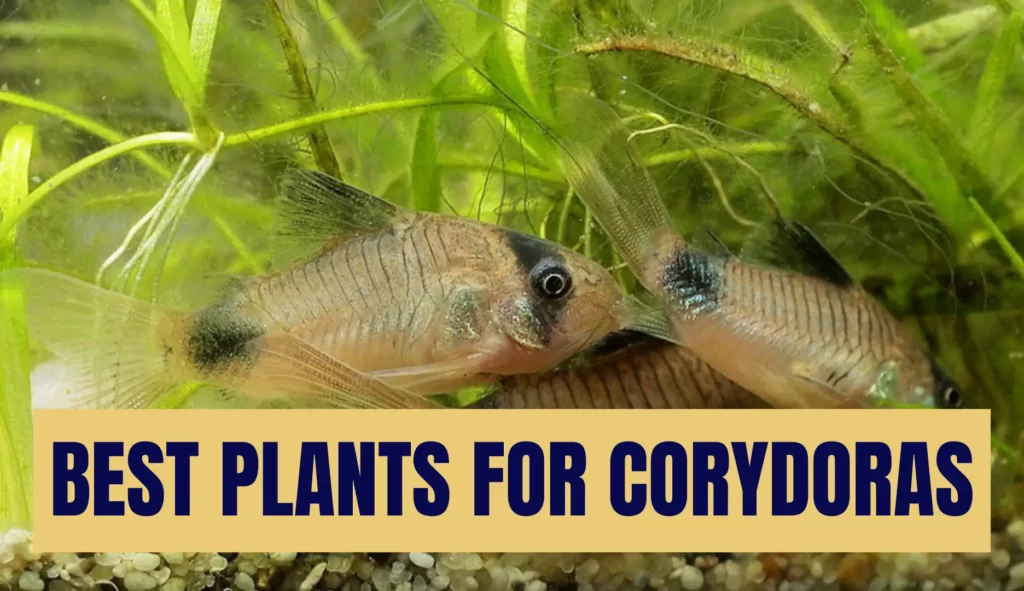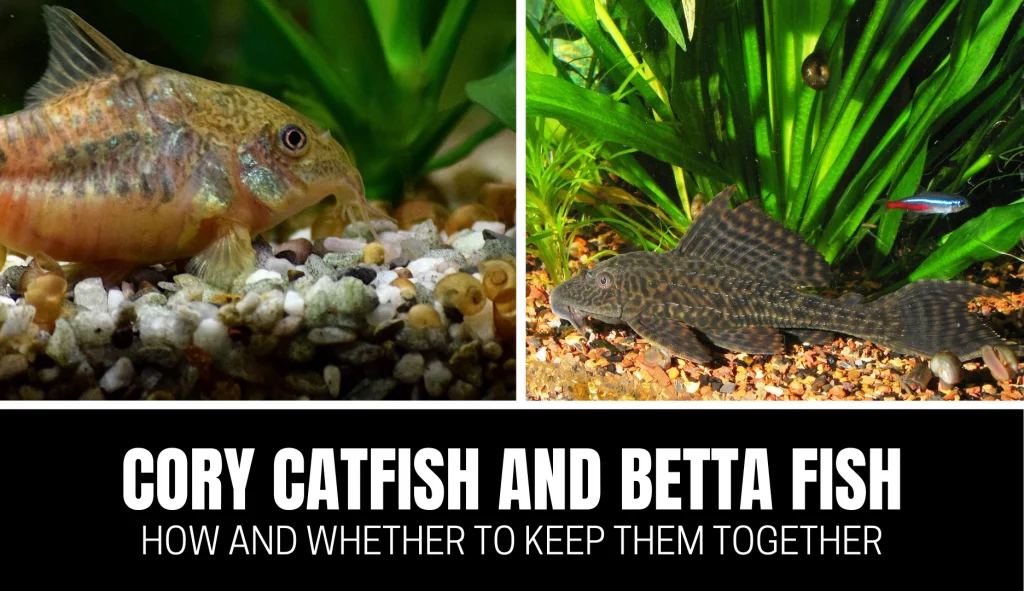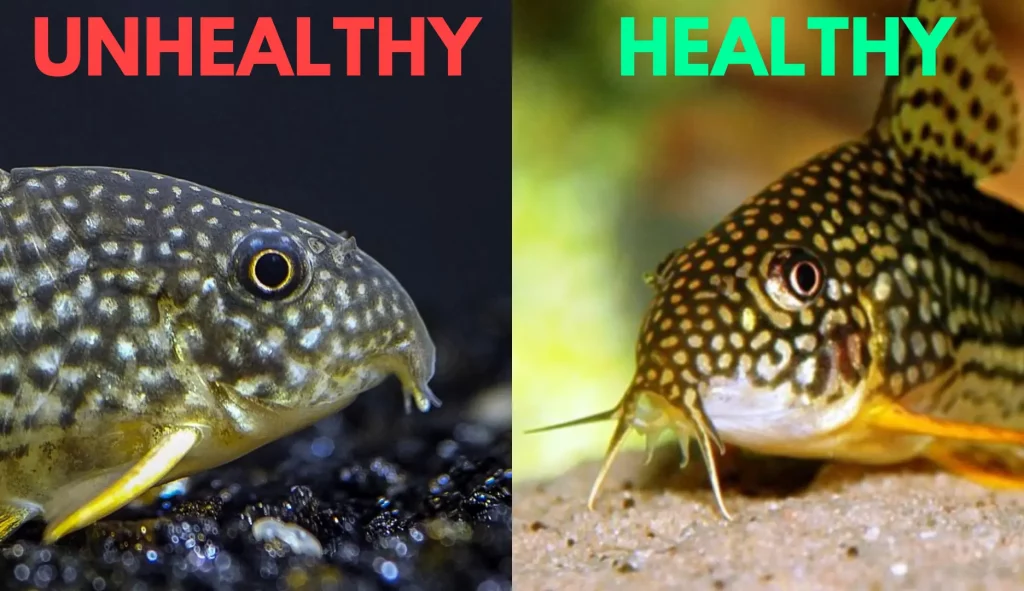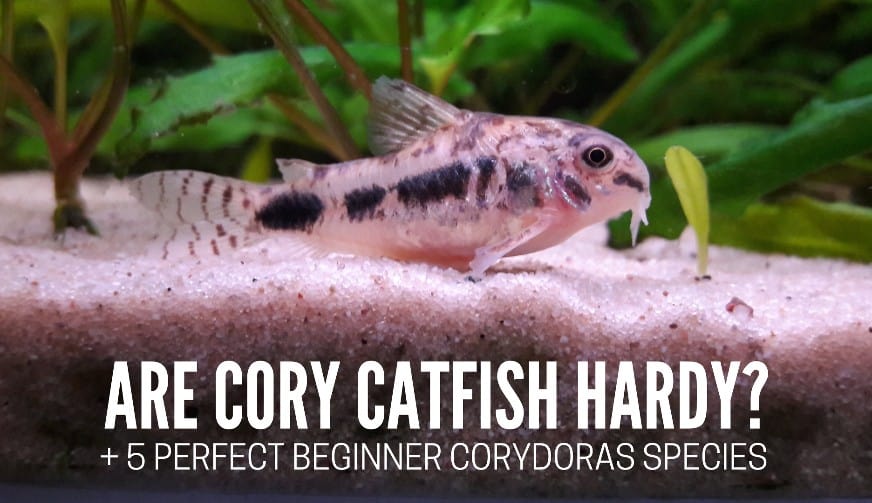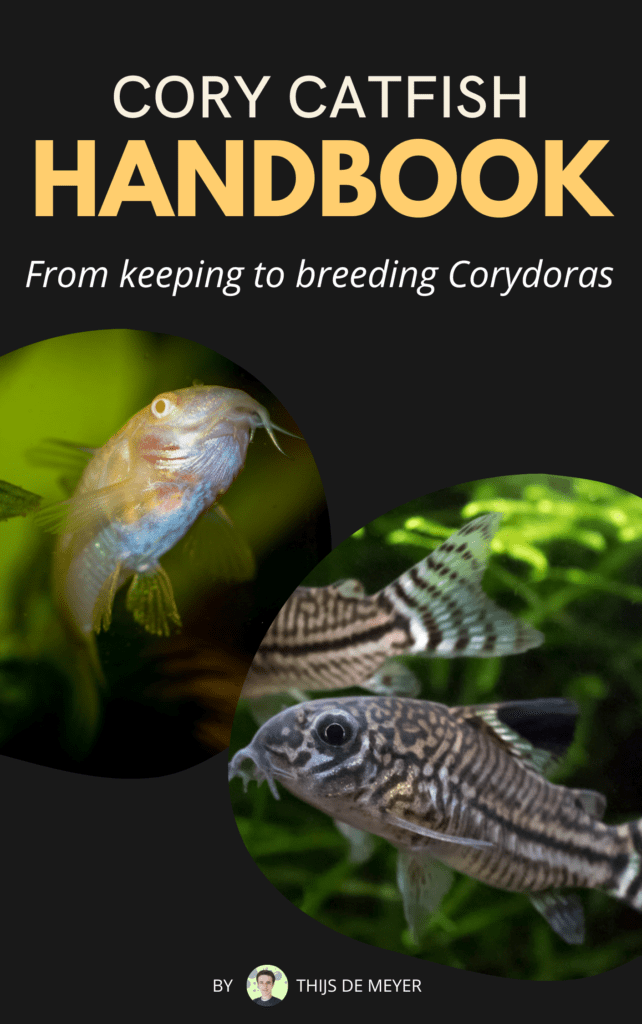If you’re a plecos enthusiast, chances are you’ve wondered how many plecos you can keep in an aquarium.
Finding a balance between fish quantity and tank size is vital to creating a stable environment. This article will discuss how many plecos are in an aquarium by species according to tank size.
It’s a myth plecos should live alone or in pairs. Most pleco species can live in groups if the tank is big enough and enough hiding places appear. Overall, it’s best to keep fewer males than females in a group.
How many plecos by tank size
20-gallon tank
Most smaller pleco species can be housed as pairs or sometimes trios in a 20-gallon tank. Bigger plecos like the common pleco can’t be housed in a 20-gallon tank. Plecos that can live per 2-3 in a 20-gallon tank include clown plecos, bristlenose plecos and the rubbernose pleco. However, they are also fine living alone.
29/30-gallon tank
Smaller pleco types (<4 inches) can be housed in groups of 3-5 specimens in a 29/30-gallon tank if enough hiding places are apparent. It’s recommended to keep fewer males than females and plecos can also live alone.
Medium sized plecos like the zebra pleco or golden nugget pleco can also be housed in a 29/30-gallon tank but in small groups of 2-3 specimens.
40-gallon tank
A 40-gallon tank is suitable for a group of 5-7 small to medium-sized plecos if there aren’t too many other tank mates (to avoid overcrowding). However, plecos are perfectly fine living alone.
55-gallon tank
In a 55-gallon tank, big groups (5-10) of small plecos can be housed if the tank mates allow this (to avoid overcrowding). If you have a larger pleco it should be housed alone in this tank.
Small Plecos (Up to 4 Inches):
The small plecos, up to 4 inches long, are interestingly sized fish and can be kept in small aquariums, starting at 50 liters (13 gallons). Many of these species are well-known cleanup crew members, and they help to control algae overgrowth.
Oto catfish (Otocinclus sp.)
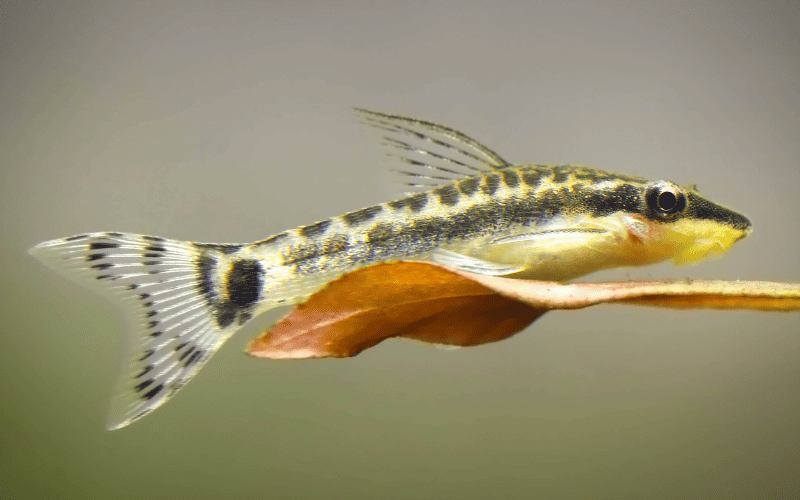
The different species of oto catfish (Otocinclus sp.) are known for keeping the aquarium impeccably free of algae, and it is a popular species among aquarists due to its peaceful nature and active behavior.
This species, in nature, is found in gigantic shoals. In aquariums, Otocinclus catfish should live in groups of at least six individuals.
To keep a small group comfortable a 70-liter (+-20 gallons) aquarium is sufficient. As small as these animals are, they need a lot of surface area (and algae) to live comfortably.
Bristlenose pleco (Ancistrus cf. cirrhosus)
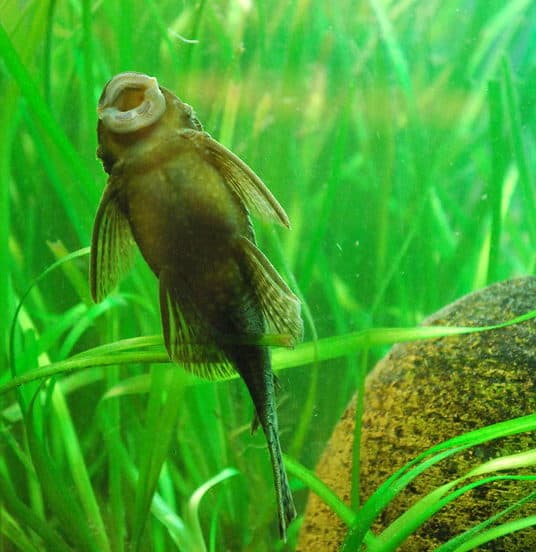
The Bristlenose Pleco is part of the genus Ancistrus and is a popular fish in aquariums. Due to their peaceful behavior, moderate size, and ability to feed on unwanted algae, they are a popular choice for many aquarists.
The minimum tank size for this species is 20 gallons, in which 1-2 plecos can be housed. In a 30-gallon, 3-4 bristlenose plecos can be housed. However, enough hiding places should be apparent and tank mates should be taken into account to avoid overcrowding.
Adult males, especially, may show signs of territoriality around their territory. If you want to keep a group of these animals, provide a spacious tank with hiding places for all the animals to choose from, maintain good water quality, and monitor the individual behavior of each fish.
Read the full guide: Bristlenose Pleco Tank Size ->
Clown pleco
Clown plecos are one of the smallest pleco types suitable for beginners.
In a 20-gallon tank, 2-3 clown plecos can be housed. In bigger tanks, large groups can be composed.
Enough hiding places, including driftwood structures will make sure aggression is avoided.
Medium Plecos (4-8 Inches):
Zebra pleco (Hypancistrus zebra)
The zebra pleco (Hypancistrus zebra) is a highly coveted species for its fame, active behavior, and distinctive coloration.
In the wild, they like to live in small groups. In aquariums, you can keep them in groups of up to 30 individuals without any problems. Aquariums from 100 liters are enough to keep an individual. For each additional pleco, add 30 liters.
These peaceful and social plecos demonstrate curious interactions with each other and other tank inhabitants.
Tiger pleco (L002)
The tiger pleco (Panaqolus sp. L002) is a stunning addition to medium-sized aquariums. Males of this species are incredibly territorial, so we should keep only one male per aquarium. For females, there is no such restriction.
Males are territorial even with other bottom fish. Ideally, you keep it alone or one male with two females per tank. If staying in a group, form several hiding places in the tank, and have a volume of at least 160 liters.
If kept alone, a 100-liter aquarium is sufficient. They are active fish and fun to watch.
Large Plecos (Over 8 Inches):
Vampire pleco
Vampire pleco (Leporacanthicus cf. galaxias) is a beautiful fish and choice for experienced aquarists. When kept in good conditions they are peaceful animals with other fish, but adult males can be aggressive among conspecifics.
Use an aquarium of at least 300 liters for just one individual. If you want to keep a group, try to keep only one male, and add 100 liters for each fish. These plecos grow very fast and have active behavior, which makes them demand a lot of space.
Royal pleco
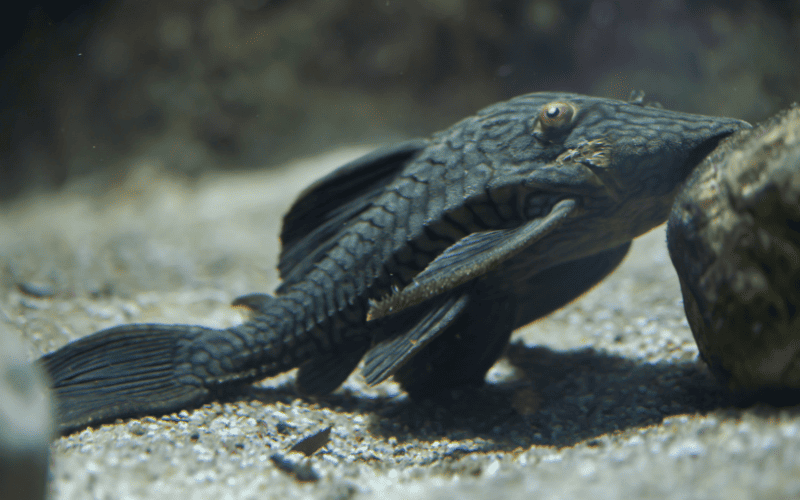
The royal pleco (Panaque nigrolineatus) is a very sought-after fish among aquarists who keep large aquariums and among pleco aficionados. It truly is a majestic addition to large aquariums.
It is recommended only to keep a single royal pleco or a couple in the tank to ensure a balanced environment. For one animal, use 500 liters of water, and add 200 liters for each new individual inserted.
These fish get huge, easily reaching over 40 centimeters in length. Wood is found in the diet of these fish and should be included as driftwood in the tank.
Common pleco
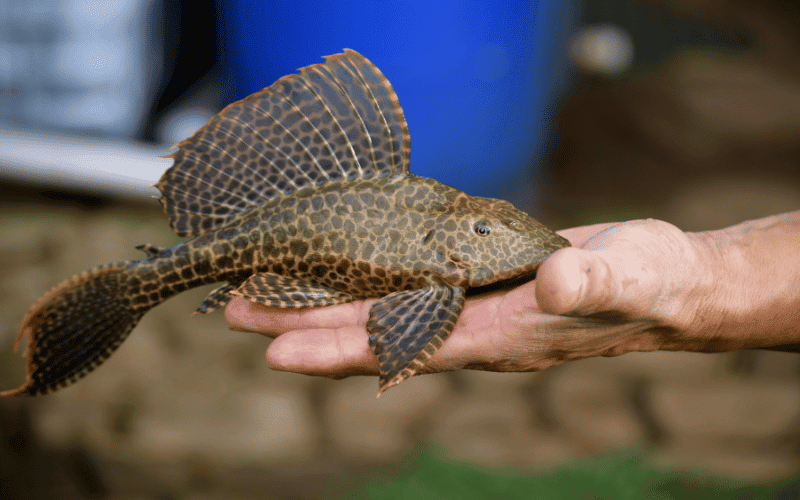
The common pleco (Pterygoplichthys sp.), is one of the best-known species among aquarists and reaches large sizes, exceeding 40 cm.
As with other large species, we recommend keeping a single specimen in a 500-liter tank, with 100 liters for each additional pleco.
This fish grows fast and can become aggressive toward other fish in the aquarium.
Factors affecting how much plecos to keep
Species compatibility
Species compatibility is the first consideration factor when adding more plecos to the tank. Not all pleco species live in harmony with other species or among themselves; They can be aggressive or territorial.
Research and choose species with similar behaviors and water requirements to minimize conflict and stress.
Fish size
Pleco behavior
The behavior of the plecos that you want to keep must be studied. Some species are aggressive and territorial, while others are peaceful and sociable.
Always consider the interaction between species and the individual behaviors of each, ensuring a harmonious and conflict-free environment.
Space requirements
Each fish needs space to explore, swim, feed, and find shelter. Overcrowding the aquarium, or introducing species that are too large, will result in stress, competition, and disputes that can harm the health and well-being of the pleco fish.
Water quality/filtering
Tank filtration and water quality is essential to maintaining a healthy fish population. Parameters such as water flow strength, temperature, pH, and levels of nitrogenous compounds (such as ammonia) must be within the ideal range that encompasses all species.
Overcrowding the aquarium destabilizes the filtration system and makes it difficult to maintain the water parameters, causing imbalances and negatively affecting the health of the fish.

